Hochwertige 1,5-Liter-Labor-Sprühtrocknerausrüstung
Sprühtrockner im Labormaßstab eignen sich für die Produktion von Universitäten, Forschungsinstituten und Lebensmittel- und pharmazeutischen Chemieunternehmen.
In today's industrial production, spray dryers have become an indispensable key equipment in many industries. Whether in pharmaceuticals, food processing, chemicals or other industries, spray dryers play a vital role. However, due to the various types and models of spray dryers on the market, how to choose the right equipment according to specific needs has become a major challenge faced by many companies in the process of equipment selection. This article will discuss in detail the key factors in spray dryer selection to help you make the best decision.
1. Understand the basic principle of spray dryer
Before choosing a spray dryer, you first need to understand its working principle and basic structure. Spray dryer forms dry powder products by atomizing liquid materials into tiny droplets and causing them to evaporate rapidly in a hot air stream. The whole process includes the following main steps:
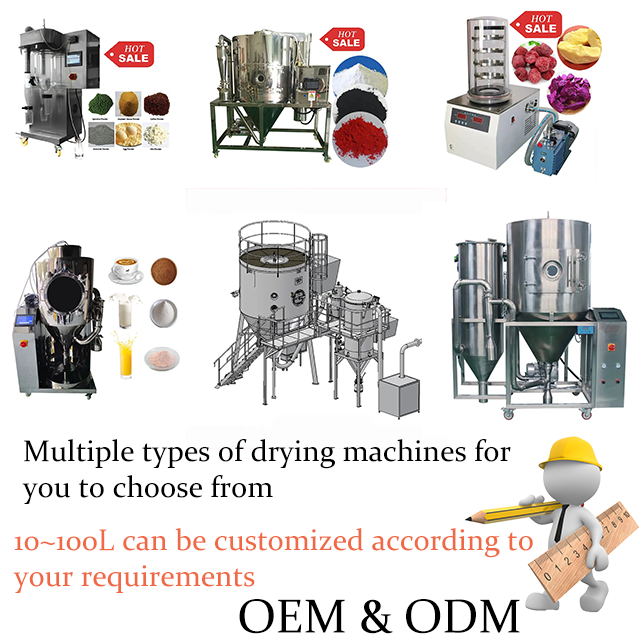
2. Clarify production needs and application areas
Before purchasing a spray dryer, the company should first clarify its own production needs and application areas. This includes the following key aspects:
2.1 Material properties
Different materials exhibit different characteristics during the drying process, which directly affects the selection of the spray dryer. For example:
2.2 Production scale
The production scale is another important factor to consider when selecting. Small-scale production usually uses laboratory-grade or small-scale spray dryers, while large-scale production requires industrial-grade large-scale spray drying equipment. According to the output requirements, select a spray dryer of appropriate specifications to ensure that the equipment neither wastes resources nor affects production efficiency.
3. Main types and characteristics of spray dryers
There are many types of spray dryers on the market. When selecting, enterprises should understand the characteristics of different types of equipment to choose the equipment that best suits their needs. Common types of spray dryers include:
3.2 Centrifugal spray dryer
3.3 Airflow spray dryer
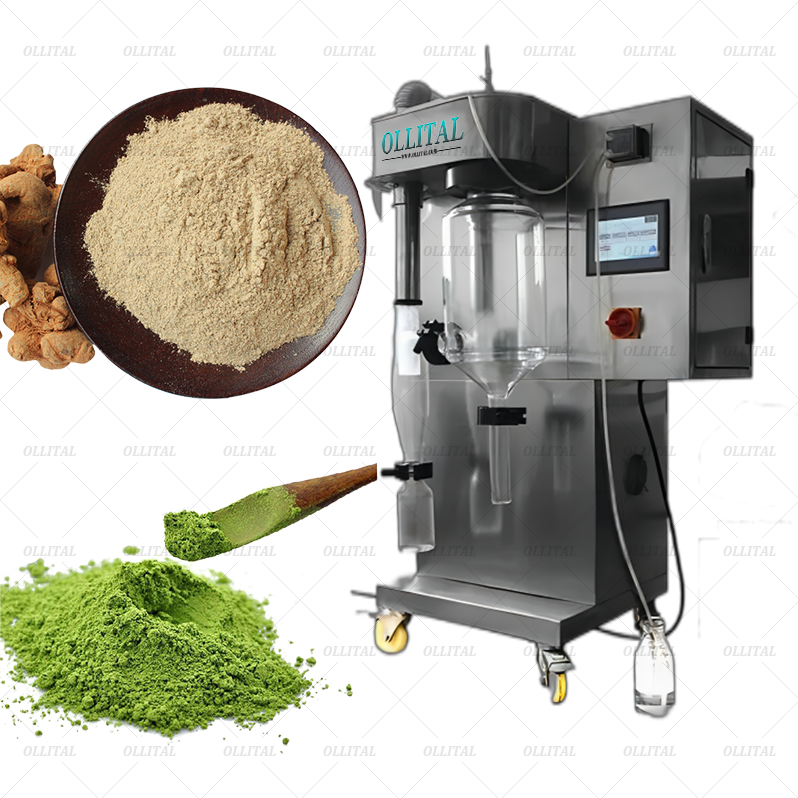
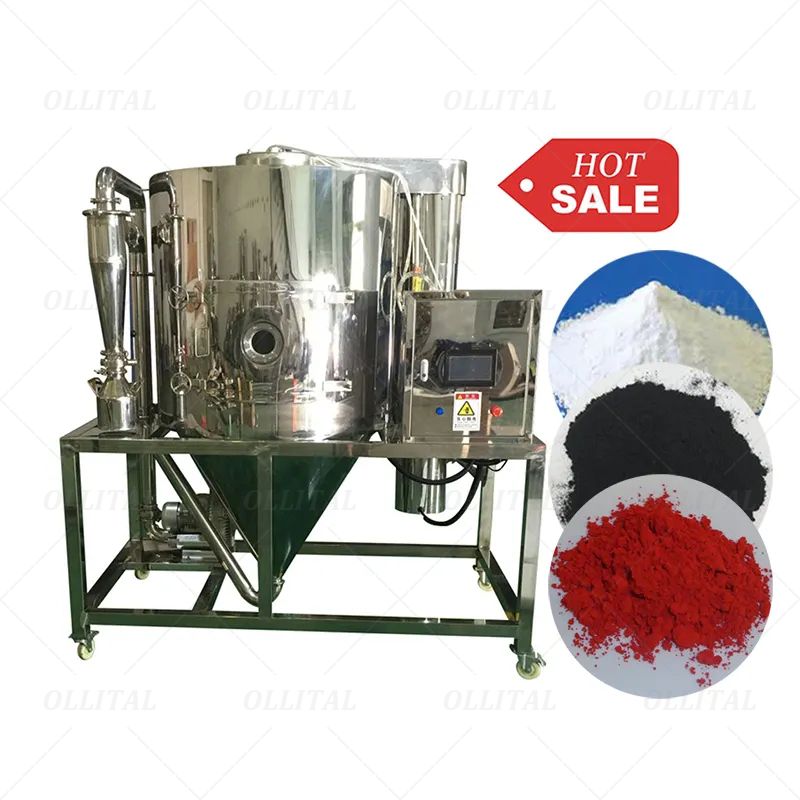
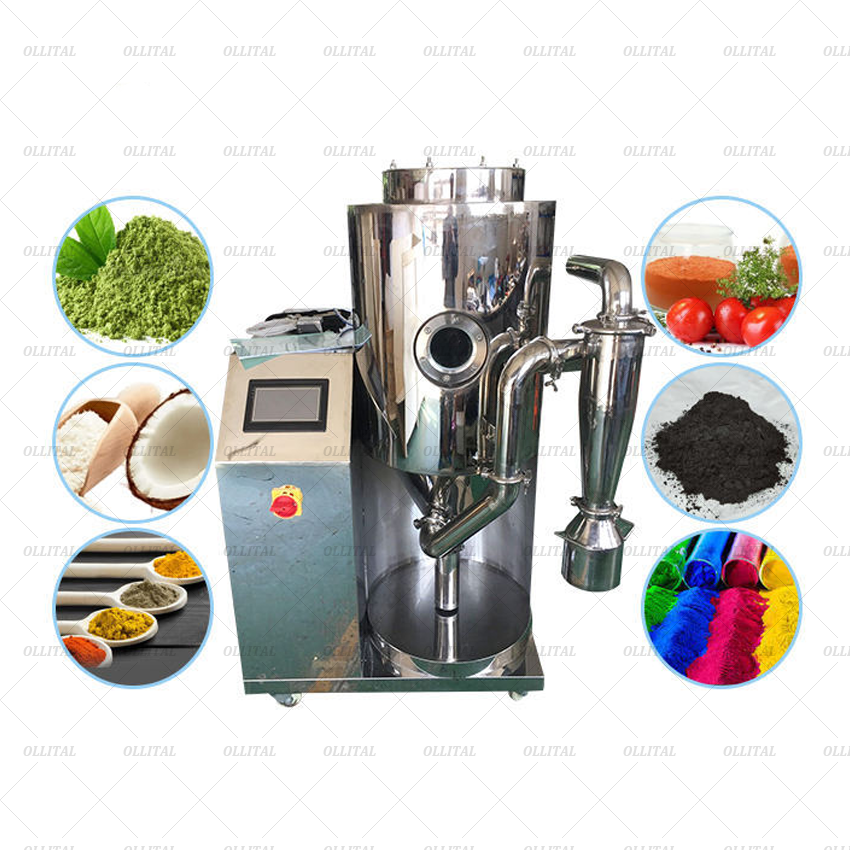
4. Key parameters to consider when selecting a spray dryer
When selecting a spray dryer, companies should focus on the following key parameters based on their own production needs:
4.1 Atomization method
Atomization method is one of the core factors in the selection of a spray dryer. Different atomization methods (such as pressure, centrifugal, and airflow) are suitable for different material properties and product requirements. Companies should choose the appropriate atomization method based on the viscosity, solid content, and particle requirements of the final product.
4.2 Processing capacity
Processing capacity refers to the amount of material that a spray dryer can handle per unit time. Companies should choose equipment with appropriate processing capacity based on their own production scale and output requirements to avoid affecting production efficiency due to insufficient equipment processing capacity.
4.3 Heat source selection
The heat source of a spray dryer usually includes electric heating, steam heating, gas heating, etc. The selection of heat source should take into account the equipment operating cost, environmental protection requirements, and production site conditions. Different heat source methods will also affect drying efficiency and product quality.
4.4 Equipment material
The material selection of the spray dryer is directly related to the service life of the equipment and the sanitary quality of the product. For industries with high hygiene requirements such as food and pharmaceuticals, it is recommended to choose equipment made of stainless steel and comply with relevant food safety standards and GMP requirements.
4.5 Degree of automation
With the development of industrial automation, the degree of automation of modern spray dryers is getting higher and higher. Enterprises can choose appropriate automation control systems according to their own production needs and technical capabilities, such as PLC control, touch screen operation, remote monitoring, etc., to improve production efficiency and product quality.
5. Our Spray Drying Equipment
Among the numerous suppliers of spray drying equipment, it is crucial to choose a company with professional technology and rich experience. Our company has many years of experience in manufacturing spray drying equipment and is committed to providing customers with high-quality and high-efficiency drying solutions. The following are the main advantages of our equipment:
5.1 Company Overview
Our company is an enterprise specializing in the research and development, production and sales of spray drying equipment, with advanced production technology and strict quality control system. Our products cover various types of spray dryers, which can meet the needs of different customers.
5.2 Equipment Advantages
5.3 Customer support
We not only provide high-quality equipment, but also provide customers with comprehensive pre-sales, in-sales and after-sales services. Our technical team can provide personalized equipment selection suggestions and production plans according to the specific needs of customers. At the same time, we also provide all-round support such as equipment installation and commissioning, operation training and maintenance to ensure that customers can get the best results when using the equipment.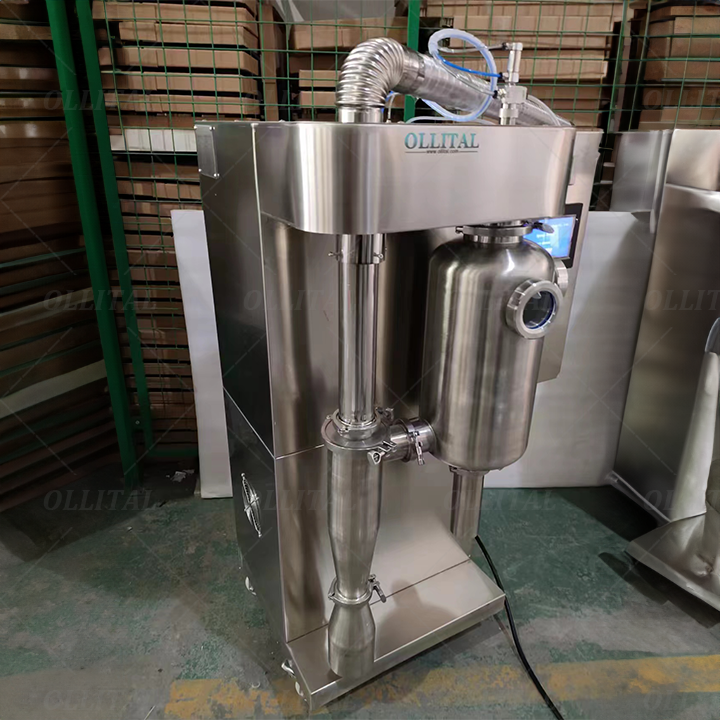

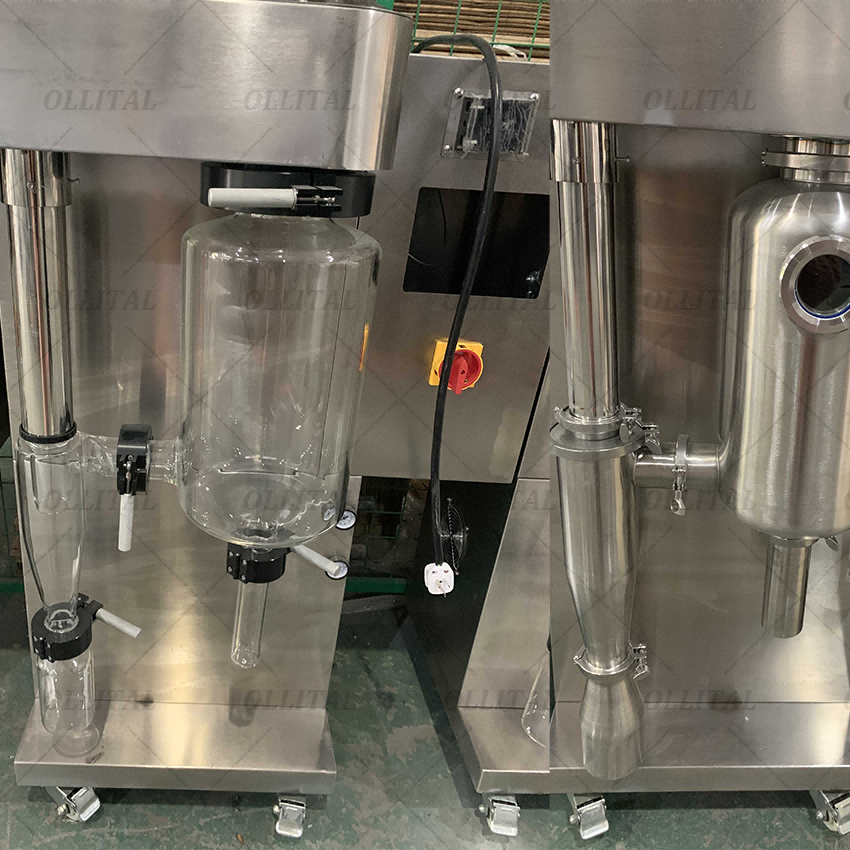
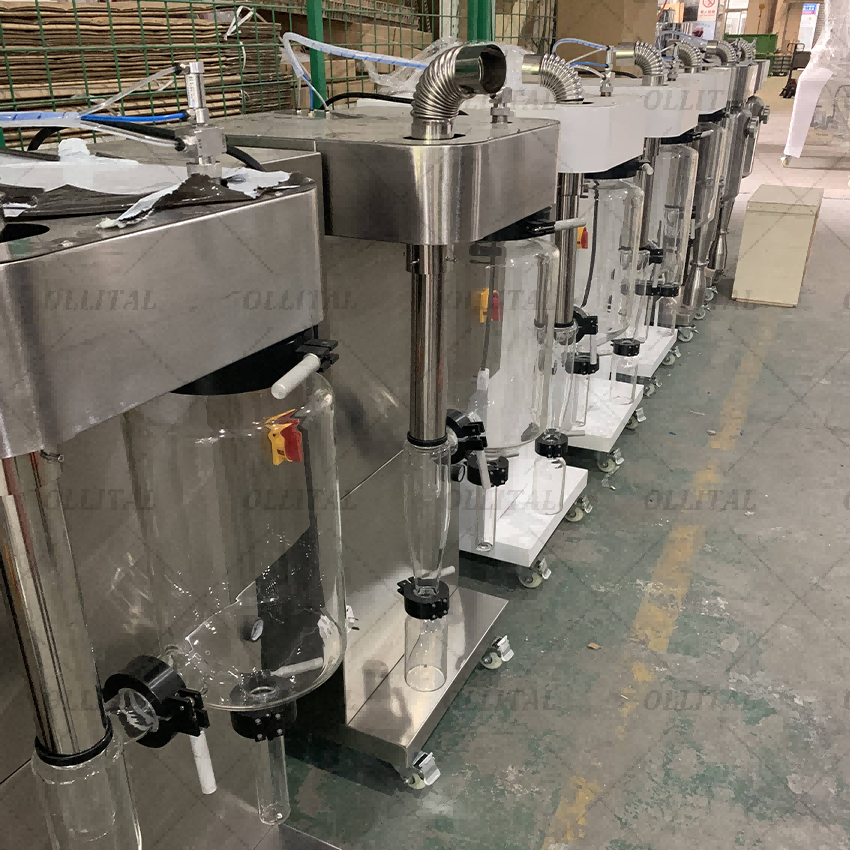
6. Conclusion
In the process of selecting a spray dryer, companies need to comprehensively consider factors such as material characteristics, production scale, product requirements, and equipment performance parameters to select the equipment that best suits their needs. As a professional manufacturer of spray drying equipment, our company is committed to providing customers with the best solutions with advanced technology, rich experience and high-quality services. I hope that through the introduction of this article, it can help you better understand the key points of spray dryer selection and make the right choice.
If you have any selection or technical questions, please feel free to contact us, we will wholeheartedly provide you with support and help.

 +86 15960821529
+86 15960821529 kevin@ollital.com
kevin@ollital.com kevinollital@gmail.com
kevinollital@gmail.com +86 15960821529
+86 15960821529 +8615960821529
+8615960821529